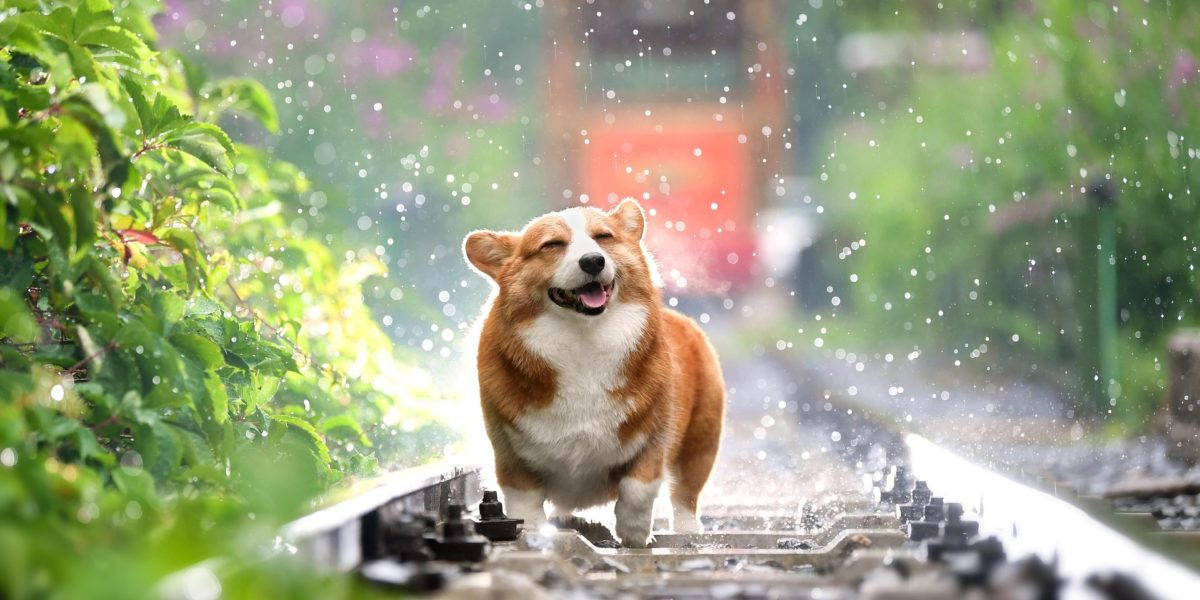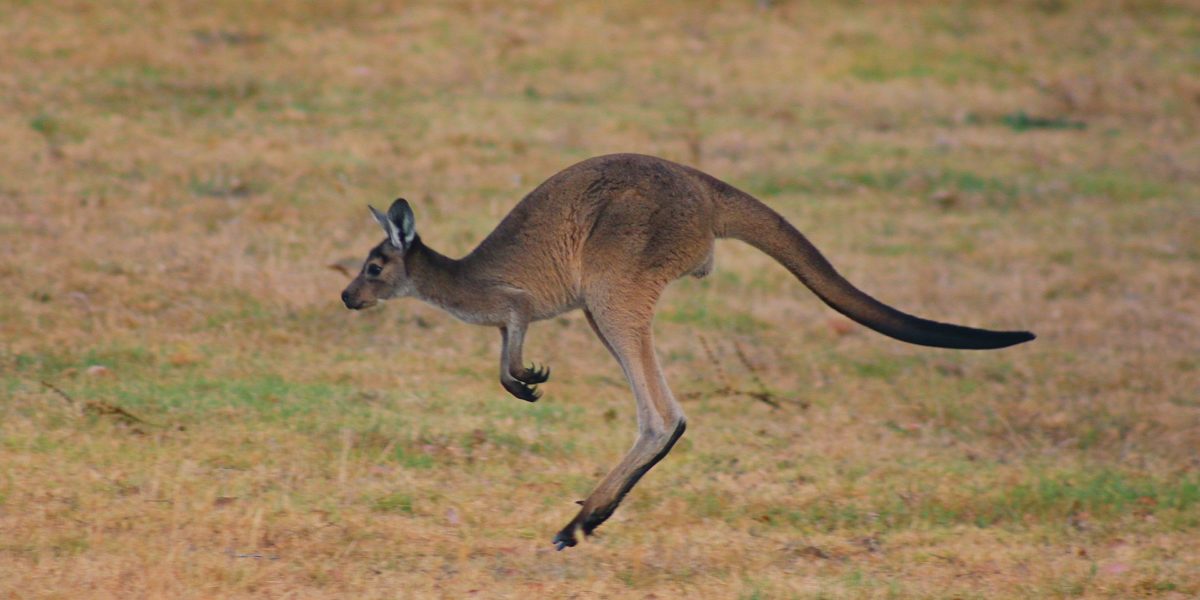3-D printing is a quite exciting technology that has come to light in recent years. The process involves a nozzle much like in a regular inkjet printer that layers material upon material to build up a 3D structure. The printer receives this data from a computer designed file that maps out where the printer should add material. Combine this with filler material that serves to hold everything in its final upright position, and the final product is born, after setting and clearing off the filler. This process has been used to make many different things, from simple objects like phone cases and luggage tags to complex scaffolds used to hold cells for tissue engineering, or as in this post, specific implants for dogs and other animals. The usual types of orthopedic implants that have somewhat of a cookie cutter size distribution for humans do not always fit in dogs or other animals. So, 3-D printing has been employed to create implants used to repair and replace bones in veterinary situations.
Continue reading “3-D Print a New Leg for Your 4-Legged Friend”Tag: land animals
Secret Behind Kangaroos’ Tail
Red kangaroos can reach speed of more than 35 miles an hour, they can also cover an area 25 feet long and get up to 6 feet high in one jump using their tail like a spring to give them more power. When kangaroos want to move slowly, they do kind of lean on their tail, to support their body. When kangaroos are grazing they move their hind pairs of feet together which makes their movement awkward but the power behind them in their tail is keeping them balanced. There was always a question of why Kangaroos are placing their tail on the ground when they are walking slowly.
Continue reading “Secret Behind Kangaroos’ Tail”
